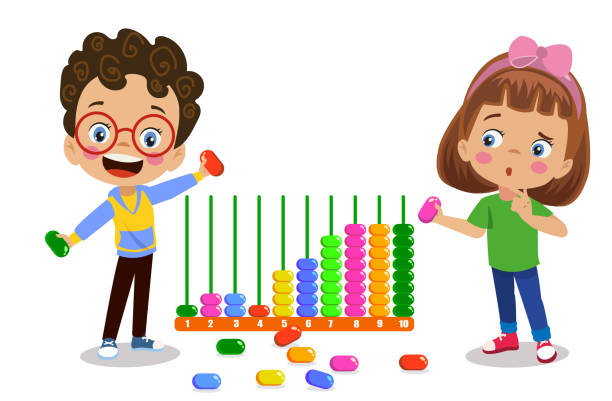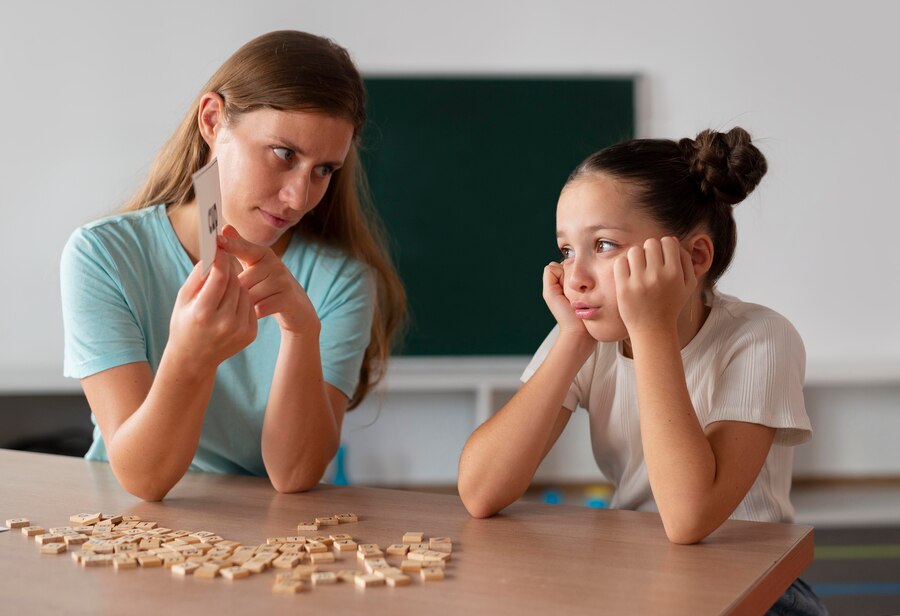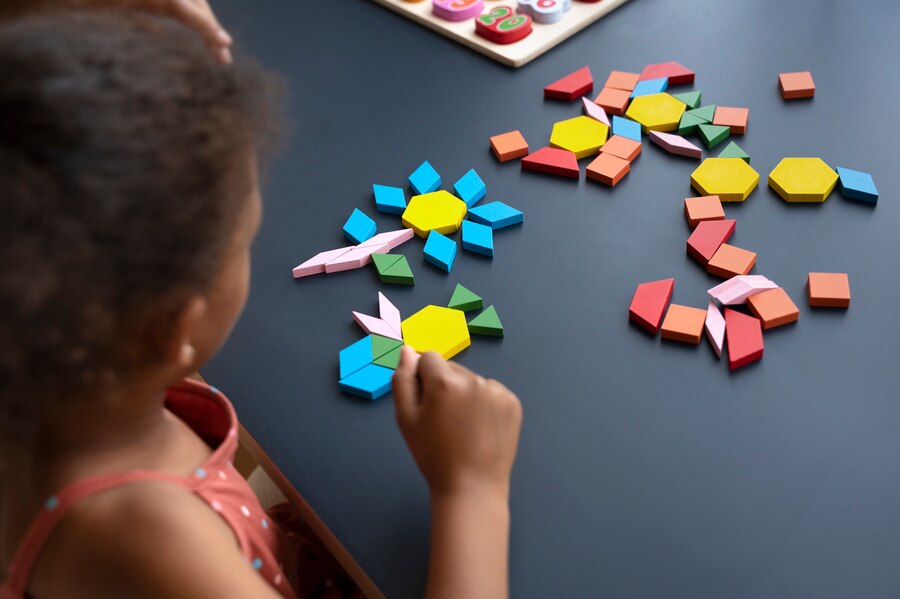As a parent or teacher, you want to guide children in a way that promotes learning, respect, and growth. But when it comes to discipline, traditional methods may sometimes feel harsh or ineffective. Enter logical consequences for children. This approach not only teaches responsibility but also helps kids understand the link between actions and outcomes. Instead of punishment, logical consequences encourage learning through natural, fair results.

In this guide, we’ll explore practical ways to apply logical consequences for children in everyday situations, providing you with the tools to foster a more understanding and supportive environment for your kids.
What Are Logical Consequences?
Understanding the Basics of Logical Consequences for Children
Logical consequences for children are outcomes that are directly related to their behavior. Unlike punishments, which can feel arbitrary or unrelated to what happened, logical consequences provide children with a clear connection between their choices and what follows.
For example:
- If a child refuses to wear their coat on a cold day, the logical consequence might be feeling cold (without endangering their health).
- If they spill milk on purpose, the logical consequence is that they need to help clean it up.
These kinds of consequences allow children to see the cause-and-effect relationship between their behavior and the world around them. It encourages problem-solving, responsibility, and self-discipline, all while maintaining respect and empathy.
Why Use Logical Consequences for Children?
How Logical Consequences Support Learning and Growth
The main reason logical consequences for children work so well is that they promote understanding rather than fear. When children experience consequences that make sense, they’re more likely to think about their actions and make better choices next time.
Here are some key benefits:
- Encourages accountability: Children take responsibility for their actions.
- Promotes problem-solving: They learn how to correct their behavior in the future.
- Fosters independence: Children feel empowered by their ability to make choices.
- Builds trust and respect: You show your child that you believe in their ability to learn and grow.
The Difference Between Logical Consequences and Punishment
Creating a More Positive Disciplinary Approach
It’s easy to confuse logical consequences for children with punishment, but they are quite different. Punishment often involves imposing a consequence that feels unrelated to the behavior. It might teach fear but rarely promotes long-term understanding.
Key Differences:
- Punishment is usually about control and fear. It might involve taking away privileges or using time-outs that don’t necessarily connect to the issue at hand.
- Logical consequences are linked directly to the behavior and are intended to help the child learn from their mistakes. For example, if a child doesn’t finish their homework, the logical consequence is that they may not perform well in class, not that they lose screen time.
How to Use Logical Consequences Effectively
Step-by-Step Guide to Implementing Logical Consequences for Children
Introducing logical consequences for children into your daily routine may take some time and practice, but with patience and consistency, it can become a natural part of your parenting or teaching style. Here’s a step-by-step guide to help you get started:

1. Identify the Behavior
The first step is to clearly understand the behavior that needs addressing. Make sure you’re focusing on behaviors that are genuinely problematic and not just irritating. For example, leaving toys scattered around isn’t dangerous, but it may be disrespectful to shared spaces.
2. Connect the Consequence to the Behavior
The consequence should directly relate to the action. If a child is throwing toys, the logical consequence could be temporarily removing the toys they aren’t using responsibly. The key is to make the consequence a natural result of their actions.
3. Communicate Clearly
Explain to your child what will happen if they continue the behavior, but do so calmly and without anger. For example, “If you throw the ball inside, I’ll have to take it away because it’s dangerous to play with indoors.”
4. Follow Through Consistently
Once the consequence is clear, make sure you follow through. If you don’t, the child may become confused and test boundaries more often. For logical consequences to work, children need to trust that you mean what you say.
5. Offer Guidance and Support
After the consequence, talk to your child about why it happened and what they could do differently next time. This is the perfect opportunity for teaching and learning. Make it a conversation, not a lecture. Ask, “What can we do differently next time so you can keep your toys out?”
Examples of Logical Consequences for Children
Practical Scenarios and How to Apply Logical Consequences
Here are some common situations and examples of how to apply logical consequences for children effectively:
- Problem: A child refuses to brush their teeth.
- Logical Consequence: Explain that if they don’t brush their teeth, they might get cavities and have to visit the dentist for a filling.
- Problem: A child is late getting ready for school.
- Logical Consequence: They may not have time to eat breakfast or grab a favorite toy to take with them.
- Problem: A child draws on the wall.
- Logical Consequence: They need to help clean the wall, showing them how their actions have direct results.
Checklist: Key Principles of Logical Consequences for Children
To help you feel more prepared when using logical consequences for children, keep these principles in mind:
- Ensure the consequence is related to the behavior.
- Keep your tone calm and supportive when explaining the consequence.
- The consequence should be fair and proportional to the behavior.
- Use consistent follow-through so your child knows what to expect.
- After the consequence, engage in a discussion to reflect and learn from the situation.
Common Mistakes to Avoid
Ensuring Logical Consequences Work Smoothly
Using logical consequences for children is highly effective, but there are a few common mistakes to avoid:
- Overreacting: Make sure the consequence fits the situation. For example, removing a toy for a week when a child only threw it once might be too harsh.
- Using consequences as threats: It’s essential to explain consequences calmly and never in a threatening way. Children need to feel that you’re on their side, helping them learn.
- Inconsistency: Failing to follow through undermines the lesson. Always stick to the consequence you’ve laid out.
Logical Consequences vs. Natural Consequences
Understanding the Subtle Differences
It’s important to differentiate between logical consequences and natural consequences, as both can be used to teach responsibility.
- Natural consequences happen without any intervention. For example, if a child refuses to eat, they’ll naturally feel hungry.
- Logical consequences, on the other hand, are those you set up. They require your guidance and involvement.
Both types of consequences can help children learn, but it’s crucial to use logical consequences when natural ones might cause harm or be too extreme.
FAQs About Logical Consequences for Children
1. What are examples of logical consequences for children?
Logical consequences include outcomes directly related to a child’s behavior. For instance, if a child doesn’t put away their bike, the logical consequence might be that it’s unavailable for use the next day.
2. How are logical consequences different from punishment?
Logical consequences for children are educational and related to the behavior. Punishments are often unrelated and focused on imposing discomfort.
3. When should I use logical consequences?
Use logical consequences whenever a behavior needs addressing in a way that teaches responsibility and connects the action to the outcome.
4. Are logical consequences effective for all ages?
Yes, logical consequences can be adapted for children of all ages, but they should always be age-appropriate and understandable.
5. How can I avoid turning logical consequences into punishments?
Stay calm, make the consequence relevant, and always focus on teaching rather than controlling.
6. Can logical consequences be used in the classroom?
Absolutely. Teachers can use logical consequences for children in classroom settings to encourage positive behavior and responsibility.

By applying logical consequences for children, you’re helping them understand the impact of their actions in a constructive and loving way. It’s a compassionate approach to discipline that encourages growth, responsibility, and a deeper understanding of their choices. With patience, clear communication, and consistent follow-through, you can create a more positive environment where children feel supported in their journey to becoming more responsible and independent.
If you’re searching for a cheerful and engaging nursery for your little ones, feel free to visit our website at purplebeesdaynursery.com.
Pingback: First Year at Nursery: Practical Tips for Handling Sickness and Getting Prepared - Purple Bees Child Care